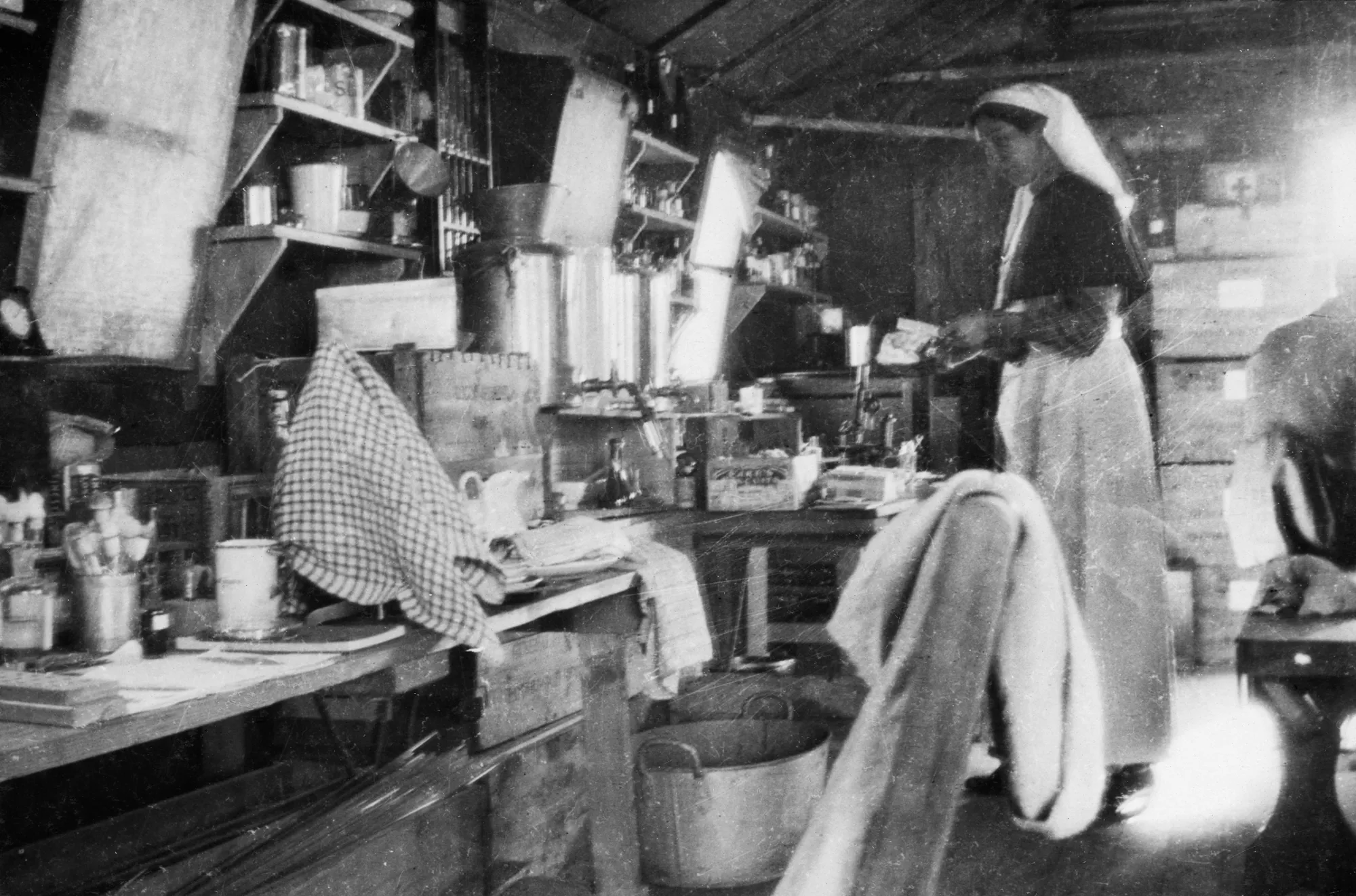Fannie Eleanor Williams
Fannie Eleanor Williams was born in Reedbeds, South Australia, in 1884. She trained at Adelaide Children’s Hospital during 1904–07 before being appointed sister in charge of its Thomas Elder Laboratory and assistant to the pathologist. In 1911, she became laboratory attendant at Adelaide Hospital until late 1914. Its former director, Dr Constantine Trent Champion de Crespigny, encouraged her to join the AIF when he did, and she duly enlisted on 30 July 1915.
Fannie (also known as Eleanor) embarked on RMS Orontes in Adelaide on 6 August to join No. 3 Australian General Hospital (3AGH). When she arrived on Lemnos in September, she worked as a bacteriologist in the lab, alongside Charles James Martin of Britain’s Lister Institute, who was researching bacteriological problems experienced by troops.
Their work at 3AGH on the cause of enteric fever was ground-breaking and they went on to co-author research papers in the British Medical Journal. The two shared other postings during the war, continuing their research, Martin a mentor to and advocate for Fannie. She was the only woman to serve as a bacteriologist in the AIF.
After 3AGH departed Lemnos in January 1916, Fannie worked at Choubra Infectious Diseases Hospital (likely as a bacteriologist) before arriving in England in late 1916. In October that year she was mentioned in despatches and soon after this was awarded the Royal Red Cross (2nd class) for ‘recognition of her valuable services with Armies in the Field’.
In England during 1917, Fannie had a laboratory position at the Lister Institute. In 1918, she transferred to the 25th British Stationary Hospital in France, where she was promoted to sister. She returned to Australia in February 1919.
On the recommendation of Martin, in 1920 Fannie was appointed the first bacteriologist and serologist at the Walter and Eliza Hall Institute of Research in Pathology and Medicine (now WEHI), in Melbourne. This made her the institute’s first female research scientist and in command of her own laboratory. There, she built a 37-year career in science research, lab management and mentoring. In 1957, the year of her retirement, she was awarded an MBE (Member of the Most Excellent Order of the British Empire).
Fannie died in 1963, aged 78.
